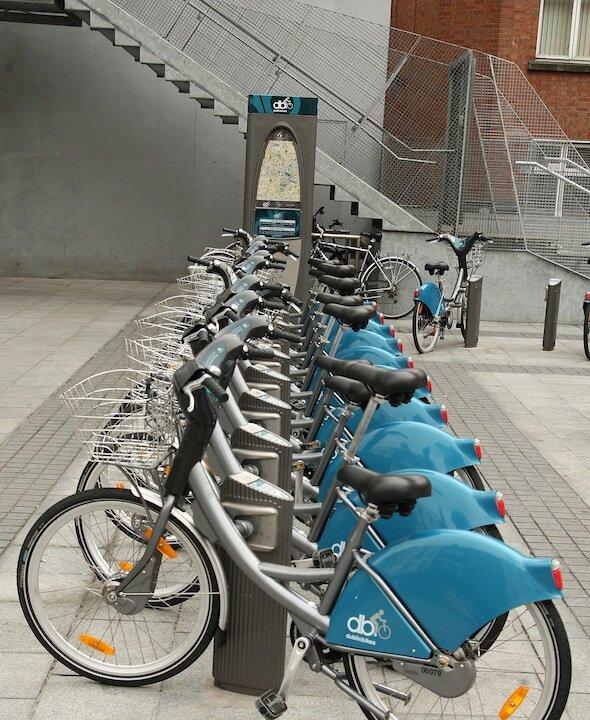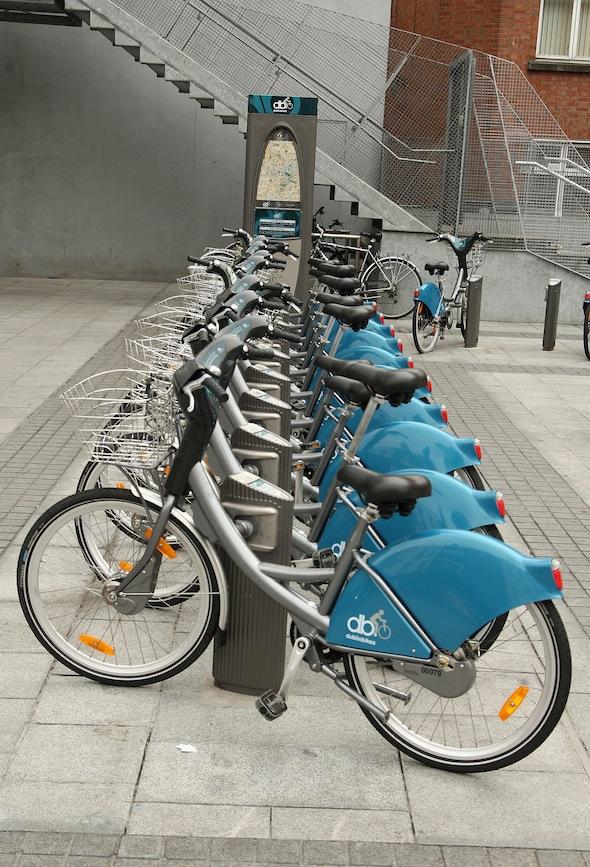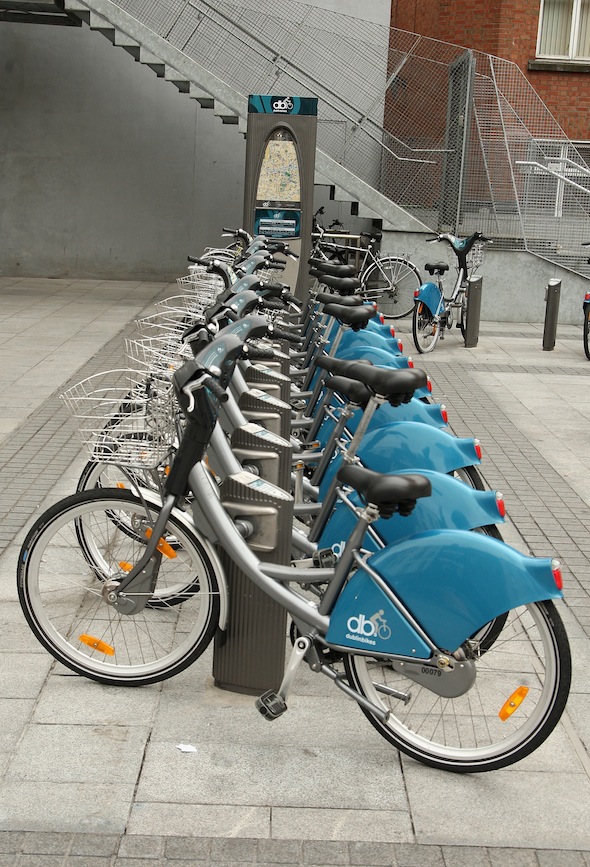Cycling in Dublin is regarded as being unsafe even by experienced cyclists, according to a recent study by engineers at Trinity College Dublin.
The report recommends education as the primary means of tackling the safety problem.
“To make cycling an intrinsic part of Irish mobility, it may be beneficial to introduce cycling education at the primary school level, increase the awareness amongst drivers through safety initiatives and provide improved infrastructure to attract new cyclists to the network,” said Dr Bidisha Ghosh of the TCD research team.
The report, titled ‘Perception of safety of cyclists in Dublin City’, found that careless or even reckless attitudes among drivers of cars, taxis and buses meant that a large majority of cyclists in Dublin believe cycling to be a more dangerous mode of transport than driving. Such beliefs may be negatively influencing individual’s choices regarding how they travel within Dublin, according to the researchers.







